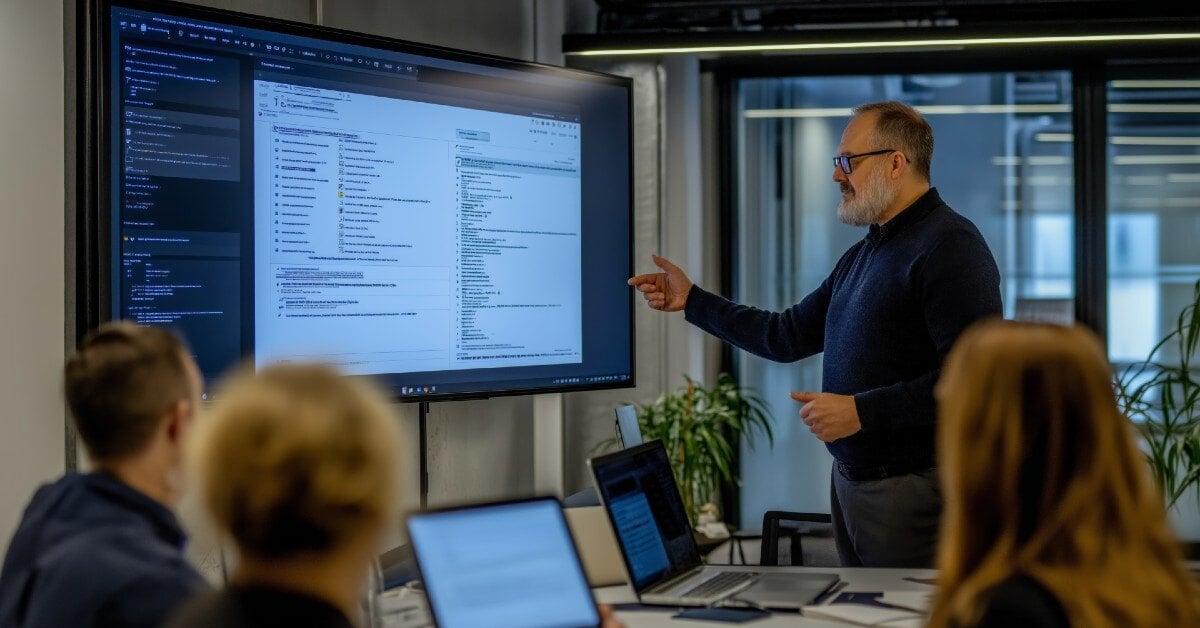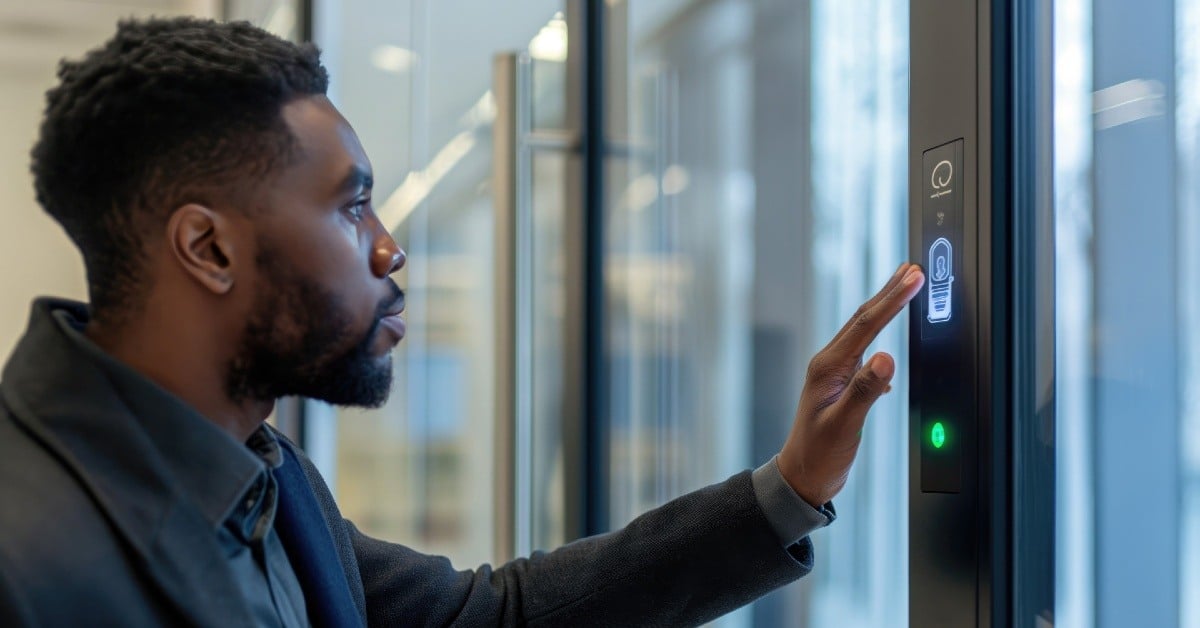
Ransomware is a particularly malicious breed of cyber attack, particularly favoured by hackers because it is easy to deploy, yet difficult for people and organisations to defend against. According to security vendor Saphos, nearly half of Australian businesses were targeted by ransomware exploit attempts during 2017.
Yet despite the veracity and frequency of ransomware attacks, many people remain unaware of the threat they pose. In a recent survey of 6,000 working adults in Germany, France, Italy, the UK, the US and Australia, a shocking 64% did not know what ransomware was.
To help Australian businesses combat this threat, and protect themselves from costly data breaches, here is a quick-fire to protecting your business against ransomware. This is an excerpt from our eBook, The Ultimate Guide to Securing Your Business Data.
What is ransomware?
Ransomware is a type of malware that restricts access to important files stored on the computer or server. It is one of the fastest-growing and most damaging cyber threats affecting businesses worldwide.
According to the 2017 Norton SMB Security Survey, 1 in 10 businesses in Australia had been affected by a ransomware attack.
A ransomware attack can lead to a massive data breach, exposing confidential materials, sensitive company information, employee details and customer data. It can have a significant impact on your business, including:
- Loss of access to important or highly sensitive business data
- Operational downtime or disruption
- Compliance and legal issues from the lost or affected data
- Brand damage and loss of customers
- Financial losses due to replacement/repair of compromised machines and devices
How ransomware works
Ransomware starts by infecting an unprotected computer or network with a virus attached to a phishing scam email or downloaded from a fake website.
The virus encrypts the data, making it inaccessible to the user. In some cases, it can totally lock you out of your computer or stop your machine from working.
Once the system is infected, the hackers then threaten to release the information publicly or destroy the data – unless payment is made in untraceable cryptocurrency. Paying the ransom, however, does not guarantee the return of the data.
3 ways to protect against ransomware
Ransomware is designed to restrict your access to valuable business information. To protect your business and keep your data safe and secure you should:
1. Keep your operating systems and protection software updated
Petya and WannaCry, the biggest ransomware attacks in 2017, used vulnerabilities in the Microsoft Windows operating system to access thousands of computers worldwide.
Though Microsoft fixed this vulnerability in a software update, many users failed to install the update in a timely manner, thereby exposing themselves to the virus.
Make sure all your machines and devices are regularly updated with the latest security releases and patches. That should include protection and detection software, including firewalls, anti-virus, anti-spyware and anti-malware programs.
2. Back up files regularly
Locking you out of your data and computer is a key strategy behind ransomware attacks. Having a current backup could be one of the best ways to protect yourself against ransomware.
In the event of a ransomware attack, you can continue operating by restoring the backup files on another machine – thereby deterring the hackers.
We recommend storing your backup data in a number of places, like on an external drive and in the cloud.
3. Create a culture of security
Like phishing emails, ransomware is dependent on people opening an email, clicking a link or downloading an attachment. So employee education and training are critical.
Create a culture of security across the organisation so everyone at all levels and in all departments is aware, informed and prepared.
When it comes to cybersecurity defence, it’s important to have a holistic approach, using technology, education and preparation to ensure your data remains protected, no matter what attacks are levelled at you.
Ransomware is just one cybersecurity risk facing your business. The interplay of print and document security is increasingly complex in the era of remote work. But Kyocera customers can count on our industry-leading expertise and proven ability to protect their business. Download our guide to learn more about our specialised document security solutions.





